The Plateau Kvarkush
This plateau is well known among the bird watcher all over the world. It's one of the most popular place for birding in the Urals.
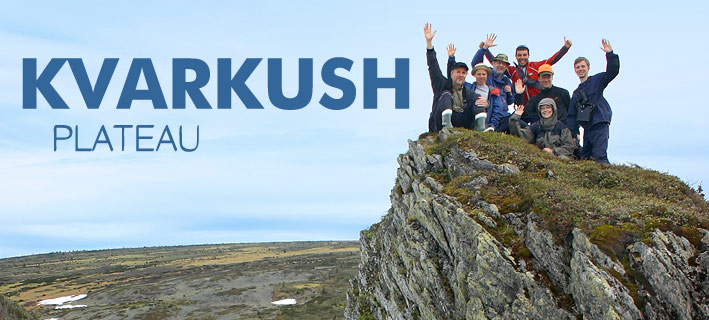
The Kvarkush ridge (and its plateau in the upper part), stretching from north to south 60 km with an average width of 12-15 km is situated in the northern Urals. The average height of the Kvarkush plateau is 700-800 metres, with the highest peak being Mt. Vogulskij Kamien (named after the Vogul people who lived there from time to time). The basic occupation of the Vogul’s was reindeer breeding. A sixty five year old Vogul, Sergey Bahtiyarov, has been living on the plateau at the foot of Mt. Vogulskij Kamien for 27 years and even despite of his age, he is not going to leave. On the Kvarkush plateau, for many years, large herds of reindeers (up to 1000 head) were grazed. Recently the numbers have decreased to only 20-40. There are several reasons for this – it is impossible for the old herdsmen to graze them alone, wolves have had a large impact on the herds and also the state has ceased to support reindeer breeding in this area. Every winter the herdsmen drive the reindeers from the plateau to the main Ural ridge and then to the intermountain valley at the foot of Mt.Kazanskij Kamien, where the climate is frost-free and there are not so many wolves.
Here, on the relatively small territory of the plateau, almost all kinds of the natural landscapes of the middle and northern Urals are concentrated.
The best way to begin our climb to the plateau is via the path along the stream First Zhigalan, crossing the road from the town Severouralsk. At first all around you can see green coniferous forest (taiga) and only above your head you can see glimpses of clear skies. Step aside from the path and you will walk on springy, damp moss amongst rare bilberry bushes. Step by step, the nature around you changes - it is easy to imagine that you are in a fairy-tail forest. The taiga has parted to let us pass and we are now on widely spreading alpine grasslands. Besides the grasslands you can see here an unusual forest, consisting of fir-trees and spruces, with crippled trunks and tops, broken and curved by strong winds - trees rarely grow higher than the height of an average person.
Our climb finishes and we see before us the flat plain of the plateau Kvarkush, covered with mountain tundra. Only at first sight does the tundra seem monotonous - it not merely a plain covered with low grasses, mosses and lichens but is “alive” with picturesque juniper shrubs, brushwood of willow along the numerous streams, dwarf birches and rare low fir-trees and spruces.
Amongst the rare plants you can see “Rodiola Rozovaya” or “Zolotoi Koren” (gold root) – a plant recorded in “The Red Book” (the book, in which rare species of flora and fauna are described). The “gold root” is already a rare plant in the Urals and is found only in remote uninhabited areas similar to the plateau Kvarkush. From very early times, people have known about the healing properties of this plant and considered it equal to the root of the “ginseng” from ancient Chinese medicine.
Here it is possible to see large flocks of white partridges, feeding on the open spaces of mountain tundra or flying low overhead in their search for food.
To the east from the plateau we see the mountains of the main Ural ridge, among them – Mt. Kazanskii Kamien (1071 m). The Urals are old “decaying” mountains – the wear and tear of time, the sun, wind, frost and rain, lichens and microorganisms have transformed them into their unique, sometimes unusual but fascinating present day features.
At the foot of Mt. Goshiyan-Myk (one of the peaks on the plateau), from where the rivers Rassokha, Pelya and thestream Zhigalan flow are the 10m rocks “Three Stones”, formed from quartzite. These rocks have a similar formation as the majestic rocks on the plateau Man-Pupu-ner.
The stream Zhigalan (tributary of the river Uls), with its waterfalls and cascades is considered the “pearl” of the northern Urals. It flows in a deep, almost impassable gorge for 1.5 km.
The birds of plateau Kvarkush (kindly provided by Eric Didner ©)
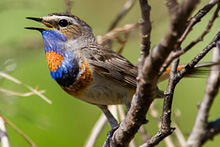 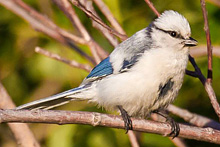 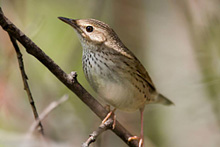
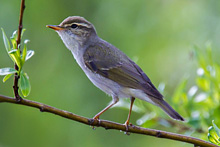 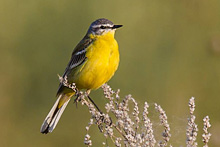 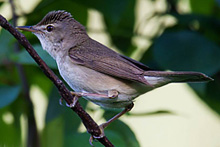
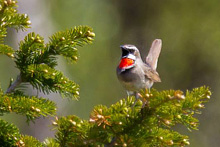 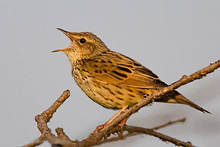 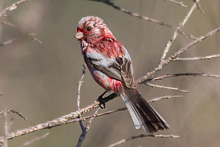
To book bird-watching tour to the area of plateau Kvarkush please contact us.
To learn testimonials about our bird-watching tours to plateau Kvarkush please download:
Other birding tours:
Siberian Lakes and Ural's rivers - the unique ten-days bird-watching expedition in the steppes of the Northern part of Chelyabinsk district (lakes) and down the river Chusovaya - from Asia to Europe (mountain taiga).
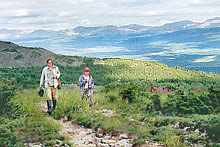
Our trekking and combined tours:
Combined tour (trekking + rafting + auto-touring) in the Northern and Middle Ural
Trekking and rafting in Northern and Middle Ural
Combined Tour (trekking + rafting) in the Northern Urals
Trekking in mountains of the Nouthern Urals
 
|

